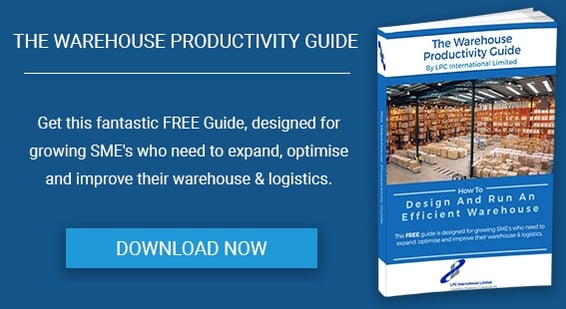
The review of Automated System Logic and identification of the issues and proposed solutions.
The simulation and modeling study was commissioned as a result of the under performance in parts of the automated materials handling system. Underperformance was manifested for a number of reasons including:
- Late deliveries into customer RDCs
- Orders being delayed
- Incomplete orders being delivered
Problems were also being experienced in the late delivery of raw materials and packaging to Production; causing production delays and shortages that, in turn, had a knock-on adverse affect on the efficiency and timeliness of finished goods warehousing order picking and loading operations.
As output volumes increased and, as the Warehouse was already working 24 hours per day, seven days per week, it was becoming increasingly difficult and more time-consuming to recover from failures when they occurred, and to build in the resilience to cope with future problems.
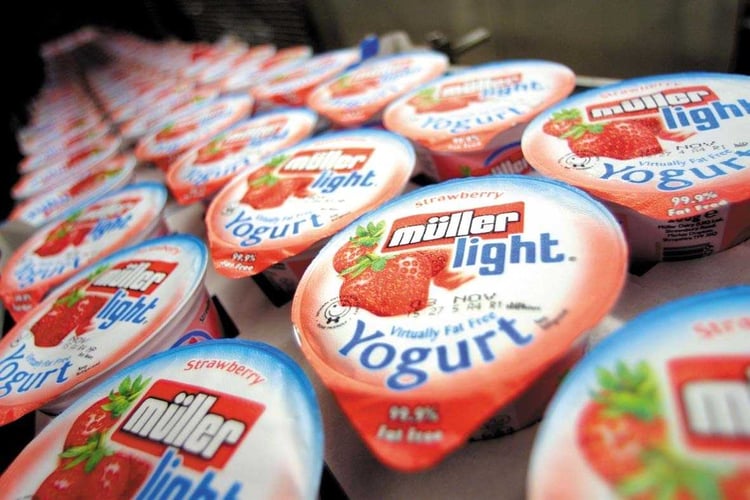
The initial aim was to examine the plans and details of the technical systems logic and combine this with discussion with the technical user to allow simulation models to be constructed. A very important part of this procedure and the modeling was to provide a clear understanding of the running of the system. However, due to lack of in depth data on the PLC and control logic, more emphasis was placed on observation and ultimately the understanding gained from the modeling.
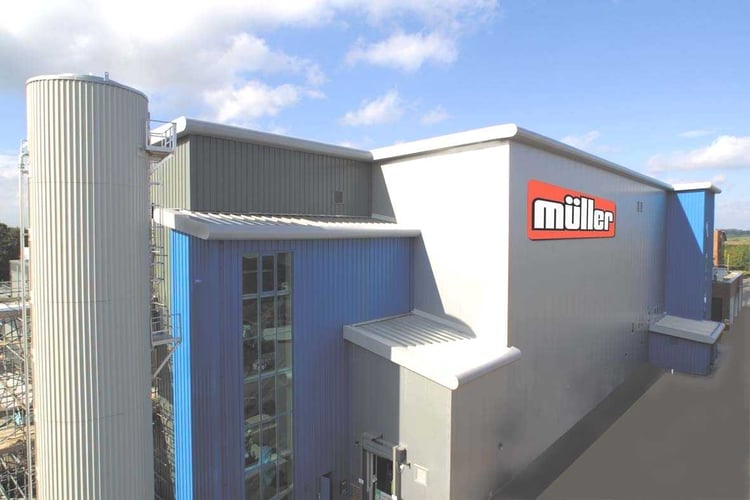
Understanding of the operational and management systems was therefore mainly gained by observation, work shop with the client and from reading operational documentation. The observation activities included timing system activities, tracking of product pallets and noting bottlenecks to allow us to construct an “as is” model.
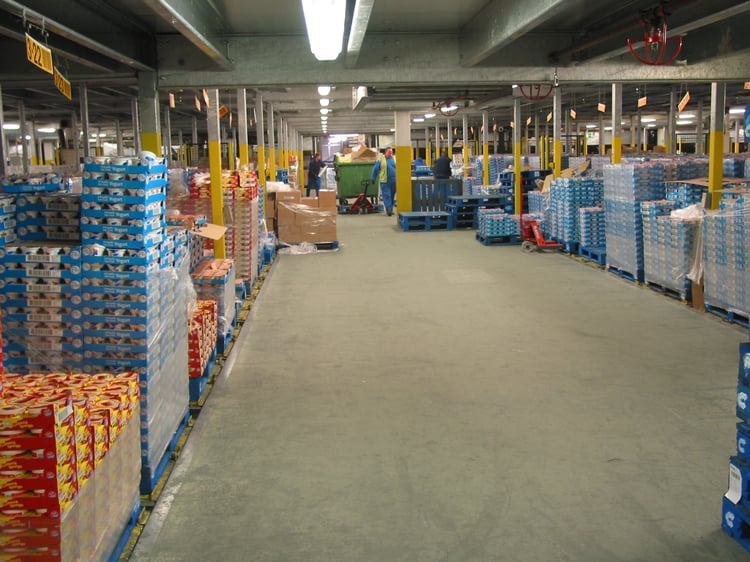
Having identified and mimicked the problem areas, the simulation model was then used to alter parameters, such as where decisions points were, and to vary some of the logic as to where pallets were sent under certain circumstances.
These changes brought about improvements but still there were problems with bottlenecks. The next stage was to modify the layout and add in some by-passes, move profile gauges and adjust some speed settings.
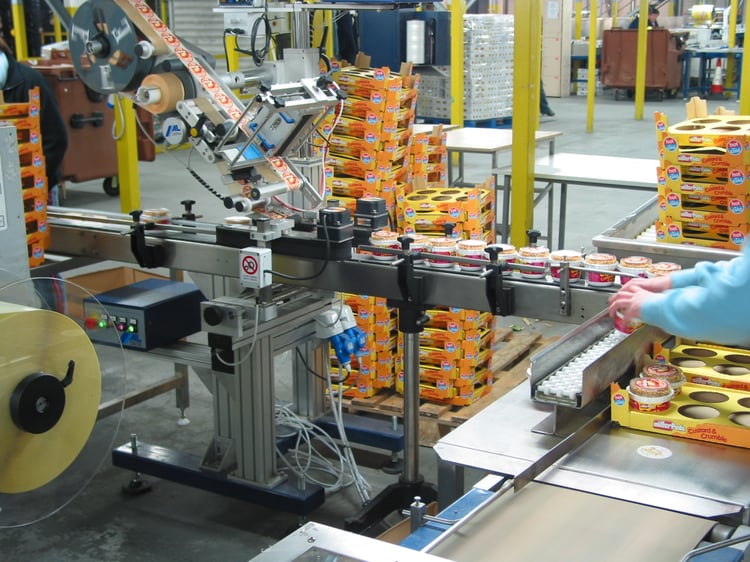
The results of these changes were then noted and all the modifications into either the logic or the physical layout were modeled independently so that the benefits of each could be realised. These results were then passed on to the equipment suppliers for modifications to be made.
The outcome was that the system was made to perform correctly and eliminate the stoppages that were affecting the ability to move raw materials and finished goods to the right place at the right time.

